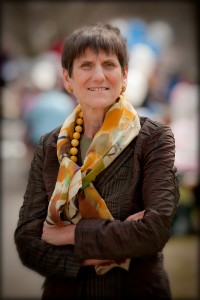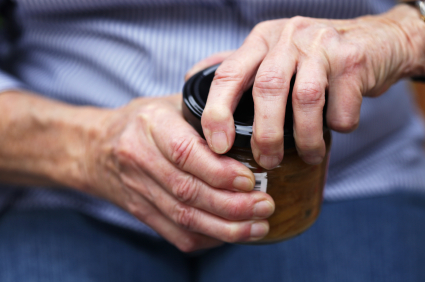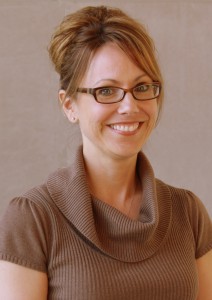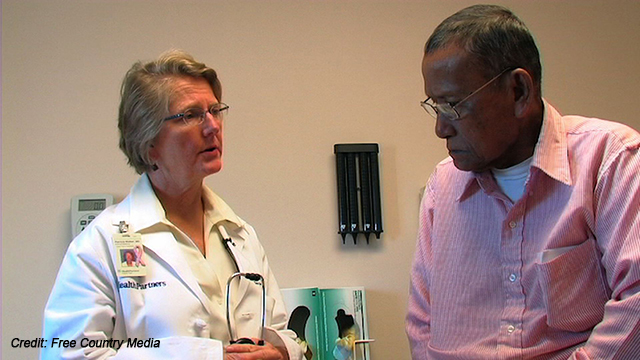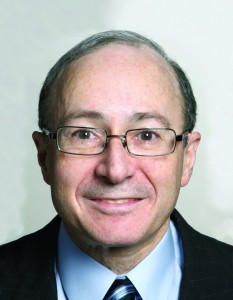The Internet has made it easier to become an educated consumer. At the touch of a button, you can find reviews of thousands of products and services — even health services — from consumer groups and fellow customers. It’s no surprise that many people count on these reviews and rankings before visiting a hospital. For the past 25 years, US News and World Report has been listing the “best hospitals” in the United States. In a Viewpoint article in this week’s JAMA, the magazine’s top health analysts describe how they are expanding and changing the way they rate hospitals. Common procedures, conditions will be included Since 1990, US News has analyzed information from about 2,000 large hospitals in the United States and ranked the top 50 in
Category: health Journal
Making an informed choice about indoor tanning
With May being Skin Cancer Awareness Month and in tandem with our event today co-hosted with the Congressional Families Cancer Prevention Program, The Hazards and Allure of Indoor Tanning Beds on College Campuses we are running a series on skin cancer. Be sure to check back daily for posts on skin cancer including how you prevent and detect it. Enjoy! I am so pleased to have the opportunity present on behalf of the American Academy of Dermatology (AAD) during “The Hazards and Allure of Indoor Tanning Beds on College Campuses” event co-hosted by Disruptive Women in Health Care and Congressional Families for Cancer Prevention of the Prevent Cancer Foundation that takes place today. The timing of this event is particularly appropriate for us because May
Say no to Indoor Tanning Beds. Know More. Do Better.
With May being Skin Cancer Awareness Month and in tandem with our event today co-hosted with the Congressional Families Cancer Prevention Program, The Hazards and Allure of Indoor Tanning Beds on College Campuses we are running a series on skin cancer. Be sure to check back daily for posts on skin cancer including how you prevent and detect it. Enjoy! I CONFESS… I went to a tanning bed before attending a destination wedding, thinking I was getting a “base coat” that would prevent me from getting a sunburn. I used a sun lamp in high school, thinking it would clear my blemished skin. I used to wrap a vinyl record album cover with aluminum foil to create a sun reflecting visor in an effort to focus
Addressing the risks of indoor tanning
With May being Skin Cancer Awareness Month and in tandem with our event Wednesday co-hosted with the Congressional Families Cancer Prevention Program, The Hazards and Allure of Indoor Tanning Beds on College Campuses we are running a series on skin cancer. Be sure to check back daily for posts on skin cancer including how you prevent and detect it. Enjoy! It is not the kind of selfie we usually expect to see on Facebook. A young woman looks forlornly away from the camera, her face covered from top to bottom with bloody scabs—the result of treatment for skin cancer. The therapy is aggressive; but it is necessary, because at the age of just 27, Tawny Willoughby has had carcinoma six times. Almost every time she sees the
Grip strength may provide clues to heart health
A strong or weak hand grip carries more than just social cues. It may also help measure an individual’s risk for having a heart attack or stroke, or dying from cardiovascular disease. As part of the international Prospective Urban and Rural Epidemiological (PURE) study, researchers measured grip strength in nearly 140,000 adults in 17 countries and followed their health for an average of four years. A device called a dynamometer was used to assess grip strength. Each 11-pound decrease in grip strength over the course of the study was linked to a 16{c754d8f4a6af077a182a96e5a5e47e38ce50ff83c235579d09299c097124e52d} higher risk of dying from any cause, a 17{c754d8f4a6af077a182a96e5a5e47e38ce50ff83c235579d09299c097124e52d} higher risk of dying from heart disease, a 9{c754d8f4a6af077a182a96e5a5e47e38ce50ff83c235579d09299c097124e52d} higher risk of stroke, and a 7{c754d8f4a6af077a182a96e5a5e47e38ce50ff83c235579d09299c097124e52d} higher risk of heart attack. The connections between grip strength
Why Don’t We Take Tanning As Seriously As Tobacco?
With May being Skin Cancer Awareness Month and in tandem with our event Wednesday co-hosted with the Congressional Families Cancer Prevention Program, The Hazards and Allure of Indoor Tanning Beds on College Campuses we are running a series on skin cancer. Be sure to check back daily for posts on skin cancer including how you prevent and detect it. Enjoy! In 2009, upon review of the science on tanning beds and cancer, the International Agency for Research on Cancer assigned tanning beds a class 1 carcinogen, joining tobacco and asbestos in the highest classification of harm. In spite of this development, skin cancer rates have steadily climbed over the last 3 decades. Rising prevalence is seen especially in young women, with an 8-fold increase since 1970. Melanoma, the deadly form
Draft recommendations on screening mammography continue to stir debate
The release of new guidelines on mammography never fails to renew the heated controversy over the potential benefits and harms of this procedure. The latest draft guidelines from the U.S. Preventive Services Task Force (USPSTF) are no exception. Various expert bodies have already taken conflicting positions on them. You can have your say, too, if you hurry — public comment on the draft closes today. Screening mammography is done in healthy women to spot hidden breast cancer. Some expert groups say that women should begin having regular mammograms at age 40, others set the start age at 50. The age at which women should stop having mammograms is also disputed. The USPSTF is an independent panel of experts in primary care and prevention. It is charged with making
Scientific research: Association between indoor tanning bed use and skin cancers
With May being Skin Cancer Awareness Month and in tandem with our event Wednesday co-hosted with the Congressional Families Cancer Prevention Program, The Hazards and Allure of Indoor Tanning Beds on College Campuses we are running a series on skin cancer. Be sure to check back daily for posts on skin cancer including how you prevent and detect it. Enjoy! There is mounting scientific research that shows an association between indoor tanning bed use and the risk of developing melanoma and non-melanoma skin cancers. I believe that significant public health efforts to reduce indoor tanning could greatly reduce the burden of skin cancer. I have spent the past several years developing a research program related to better understanding the decision to use indoor tanning beds
How Paid Family Leave Would Have Made Life Easier For One Family
In this year’s State of the Union address, President Obama brought some much-needed attention to the topic of family leave. In the months since, he and some of his allies in Congress have been championing the “Healthy Families Act,” which establishes guidelines providing that all employees receive up to seven days of paid leave. This paid time away can fall under the category of “sick leave,” but the leave could alternatively be spent caring for a chronically ill loved one. In 2006-2007, I had the privilege of following the health care story of Thor Lem and his family. I was in the midst of producing my documentary film “American Heart,” which looks at health care through the eyes of three refugees living in the
Bloomberg interviews Dr. Collins at Milken Institute Global Conference
At the Milken Institute Global Conference, Bloomberg interviews Dr. Collins about the need for increased biomedical research funding in order to discover new therapeutics.
The Myths of Indoor Tanning
With May being Skin Cancer Awareness Month and in tandem with our event next week co-hosted with the Congressional Families Cancer Prevention Program, The Hazards and Allure of Indoor Tanning Beds on College Campuses we are running a series on skin cancer. Be sure to check back daily for posts on skin cancer including how you prevent and detect it. Enjoy! A healthy glow. A base tan. Safer than the sun. I’ve heard these myths from indoor tanning proponents for years. The reality is there is not a single ounce of scientific merit to validate these fallacies. This Skin Cancer Awareness month, let’s put an end to the myths and get the facts straight. The U.S. Department of Health and Human Services and the World





